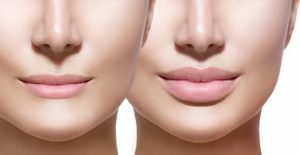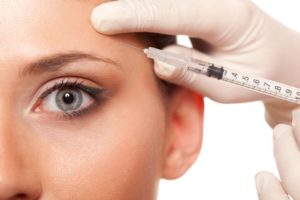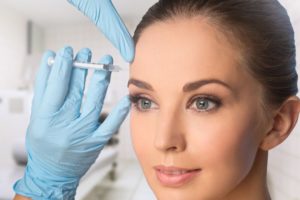 Botox is modern medicine’s gift to every woman. With no cuts, stitches, or downtime, it’s no wonder that Botox is the number one cosmetic procedure in the United States. Wrinkles aren’t just wrinkles. They have the power to change the way your face looks. And maybe even the way you feel.
Botox is modern medicine’s gift to every woman. With no cuts, stitches, or downtime, it’s no wonder that Botox is the number one cosmetic procedure in the United States. Wrinkles aren’t just wrinkles. They have the power to change the way your face looks. And maybe even the way you feel.
People begin to read emotions in your face that you’re not actually feeling. People start to ask if you’re tired, worried, or angry when you’re not at all. As the go-to treatment for those in need of a little sprucing up, Botox is on everyone’s lips.
It’s Not Just for Wrinkles
Botox is cherished among the middle aged for its wrinkle-erasing capabilities, but doctors know this substance is much more than cosmetic. Botox treats several medical conditions, including muscle spasms, eye misalignment, and excessive sweating.
How Botox works
Botox blocks the nerve signals that make muscles contract. When people receive injections in their furrowed foreheads they’re able to watch those wrinkles disappear because Botox paralyzes the underlying muscles, causing the skin to smooth out.
The ability to interrupt the muscle-contraction sequence is what makes Botox an effective treatment for certain muscle disorders.
Botox for misaligned eyes
Approximately 4 in every 100 adults have eyes that point in different directions. People with this condition, which is medically termed strabismus, suffer all sorts of visual difficulties, including blurred eyesight, double vision, and loss of depth perception.
Adult strabismus can be caused by a disease or even cataract or retinal surgery. When it’s caused by an overactive eye muscle, Botox can provide relief by temporarily interrupting the nerve signal. In some cases, the injections can permanently change eye alignment.
Botox for muscle spasms
Dystonia, a chronic, involuntary muscle spasms are both debilitating and painful. Chronic muscle contractions can occur in just one part of the body or in multiple muscle groups. Because Botox is injected only in the spastic muscle, it can be very effective in relieving dystonia patients’ localized symptoms.
Botox for excessive sweating
Nearly 3 percent of the world’s population sweats so much it interferes with their daily lives. Excessive sweating, also known as hyperhidrosis, most often occurs in a person’s armpits, feet, hands, or face.
Botox for hyperhidrosis works by interrupting a nervous system process. Sweaters in one clinical trial enjoyed a 50 percent reduction in perspiration after receiving Botox injections.
Botox is not a cure for permanent wrinkle removing, misaligned eyes, muscle spasms, or excessive sweating, however, its effects last a few weeks to several months, depending on the condition being treated. Sufferers will need to undergo additional treatments when the effects of Botox wear off if they want to keep their symptoms in check. Contact us and learn more about how Botox can help you look younger.





